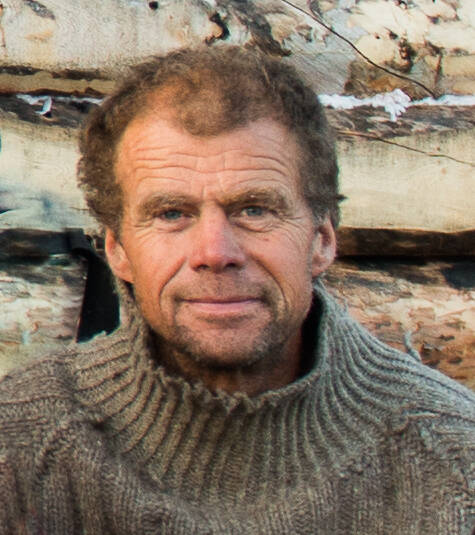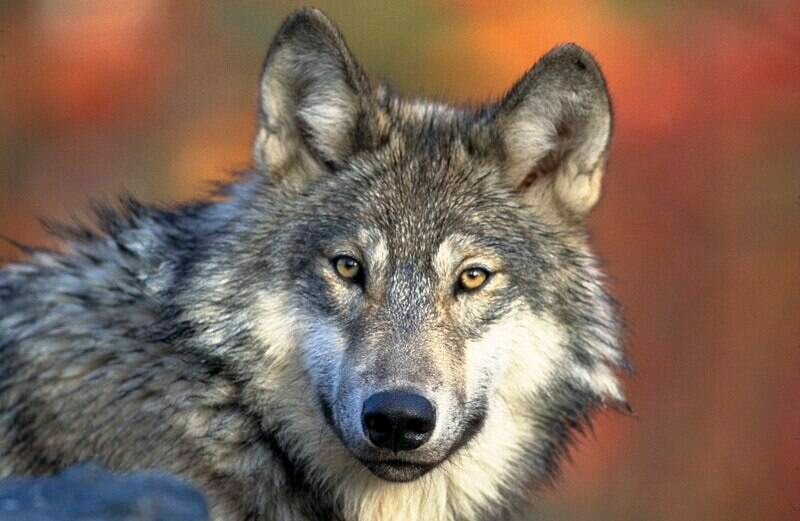Last winter, I ran into a young hunter at the North Slave office of the Department of Environment and Natural Resources (now Environment and Climate Change). He was there to collect his bounty cheque: $2,400 for two dead wolves.
“Yeah, we drove up the ice road and then went northeast to Walmsley Lake. Got one bull caribou and two wolves. Pretty nice paycheck and some gas money, eh? It’s like an 800-kilometer drive, y’ know?”
I can imagine it was a long drive. What I struggle to wrap my head around is a payout of $2,400 of public funds for two dead wolves. I have known that fellow since he was a boy, and I was pensive as we shook hands and parted ways that day.
When I first came to Hoarfrost River, all our nearest neighbors spent their winters hunting and trapping. They meticulously prepared pelts to the highest standards to sell for top dollar at the fur auctions. There was no guaranteed price. Hundreds of hours of skilled labour went into those fur harvests, and it was common for trappers and wolf hunters to ‘fix fur’ far into spring and summer.

Nowadays, under the NWT and Nunavut wolf cull programs, there is no requirement for hunters to make any use of the pelts, or even to skin the ‘harvested’ animals. The goal is dead wolves, not a harvest of anything useful. I have been pondering what message this program is sending to our younger generations. Think about it.
There are many voices for consideration and perspective, including this from the Lutsel K’e Dene First Nation, in their 2020 letter to the Wek’eezhii Renewable Resources Board: ”Wolves hold a sacred place for many people of our community, and while some of our people harvest wolves, no one attacks them. The Dene have lived with wolves since time immemorial.”
By autumn of 2020, aerial wolf removal — shooting wolves from helicopters — had been shot down, so to speak, but the Enhanced North Slave Wolf Harvest Incentive Program continued. The GNWT has been writing $1,200 cheques for dead wolves since 2019.
I recall a riff by the late comedian George Carlin on how governments apply long labels to unsavory realities (To find it, search ‘Carlin’ and ‘Shell Shock’). This enhanced harvest incentive is called, in plain English, a ‘bounty’. If you thought bounty hunters were a thing of the past, think again.
Not to be left behind in the quest to mix dubious biology with politics and handouts, in May, the Nunavut government announced an increase to their wolf bounty, which they label a Wolf Sample Collection Program. The Nunavut-wide payments range from $500 to $900 per dead wolf, depending on the kill area. In a publicly available Nunavut paper on this topic, I found two paragraphs particularly unsettling.
First, as to dubious biology, is this:
“The UBI method of estimating wolf numbers likely overestimates wolf abundance by assuming that the effectiveness of wolves in preying upon Northern caribou is similar to the multitude of ungulate species available to southern wolves. It also assumes human-caused mortality rates do not exceed sustainable limits and wolf numbers have had time to adjust to prey biomass.
“For all these reasons we suggest estimates from this index are very crude, are likely overestimates, and should be treated cautiously.”
Plain English: “One of the main tools being used to estimate wolf populations on the caribou range has been borrowed from down south, and we’re not sure it works up here.”
Then comes a passage edging into politics and handouts. This one is troubling, especially when put together with my musings on the young hunter, his wearisome weekend drive (in a heated pickup truck) and his $2,400 payout for two dead wolves. In the recommendations section comes this zinger:
“The Support for Active Harvesters program facilitates harvest of wolves associated with concentrations of caribou within Nunavut, and appears to be an effective wolf management tool to remove a large proportion of accessible wolves while simultaneously providing additional support to hunters. Since wolf populations can quickly rebound when treatment is removed due to immigration from surrounding areas and high reproductive rates, the incentive program should be continued.”
Translation: “The bounty program reduces wolf numbers. But if we pause it, the wolf/caribou balance will quickly reset. This bounty program should be permanent.”
Really? No end in sight? Call it not the new fur trade, but maybe the carcass trade. Is this to be our Northern legacy, as stewards and guardians of land and wildlife?
Pardon the pun, but it’s time for a mutiny on the bounty.
—Dave Olesen has lived for 37 years at Hoarfrost River near Reliance. He flies bushplanes for a living, and has logged thousands of hours of wolf-research flying since 1983.
